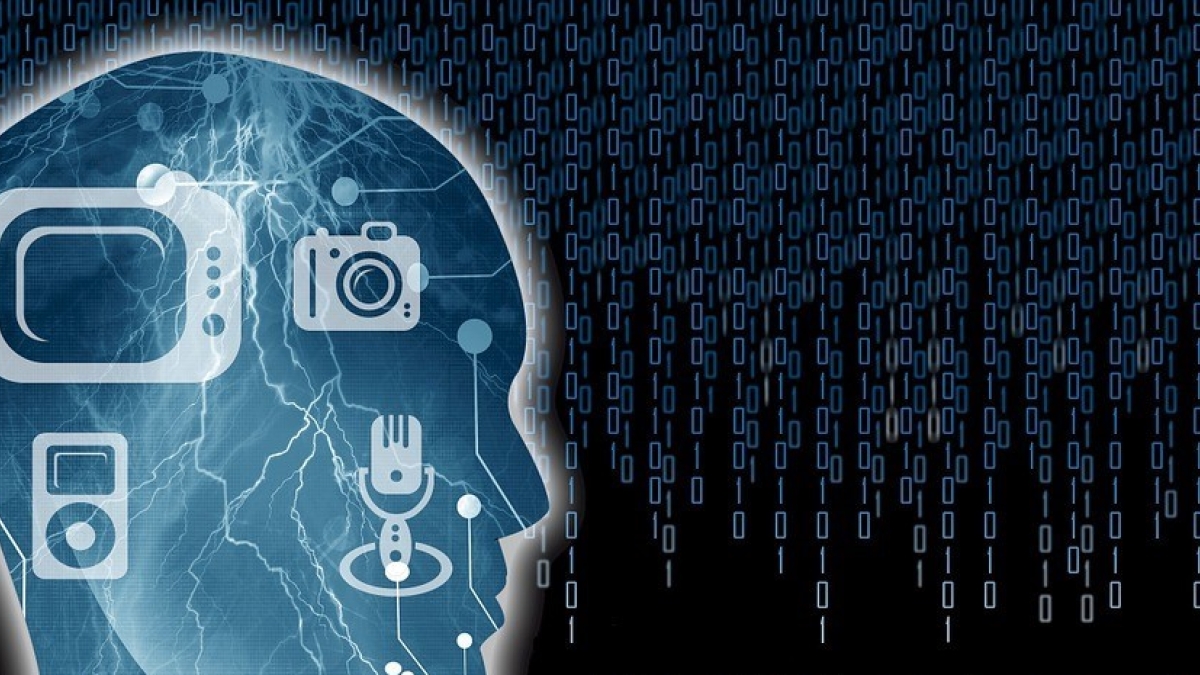Technology and language education conference CALLs on ASU

Can we truly harness digital technology to make learning a new language more efficient?
Judging by the success of Duolingo, Rosetta Stone and Babbel, tech-based language-learning is here to stay. But can we truly harness digital technology to make learning a new language more efficient? This is one of the many topics that the annual AZCALL conference will address.
“With the growing interest in language learning and technology, we wanted to establish a venue where our graduate students and other computer-assisted language learning (CALL) enthusiasts from around the state and region could come together,” said Bryan Smith, an associate professor in applied linguistics in Arizona State University’s Department of English who helped organize the conference. “We planned this regional gathering as an opportunity to share ideas, network, and receive valuable feedback on scholarly research, pedagogical applications and conference presentations which are ongoing, in progress or in preparation.”
Now in its fifth year, AZCALL is a free one-day conference that has grown to around 80 to 100 participants from the state, region and beyond, and showcases much of the innovative work being done by ASU’s own CALL graduate certificate students. This year, AZCALL is pleased to host two well-known CALL scholars as invited speakers: Steve Thorne of Portland State University and the University of Groningen (The Netherlands), and Jonathon Reinhardt of the University of Arizona. Thorne’s presentation will discuss how mobile augmented reality can enable the learning process, and Reinhardt will explore multiplayer online gaming and second-language acquisition.
AZCALL 2018 will be held from 9 a.m. to 6 p.m. on Nov. 10 in the Memorial Union on ASU’s Tempe campus. AZCALL 2018 is organized by The CALL Club at ASU. This conference is free and open to all, but preregistration is required.
More Science and technology

Science meets play: ASU researcher makes developmental science hands-on for families
On a Friday morning at the Edna Vihel Arts Center in Tempe, toddlers dip paint brushes into bright colors, decorating paper…

ASU water polo player defends the goal — and our data
Marie Rudasics is the last line of defense.Six players advance across the pool with a single objective in mind: making sure that…

Diagnosing data corruption
You are in your doctor’s office for your annual physical and you notice the change. This year, your doctor no longer has your…

